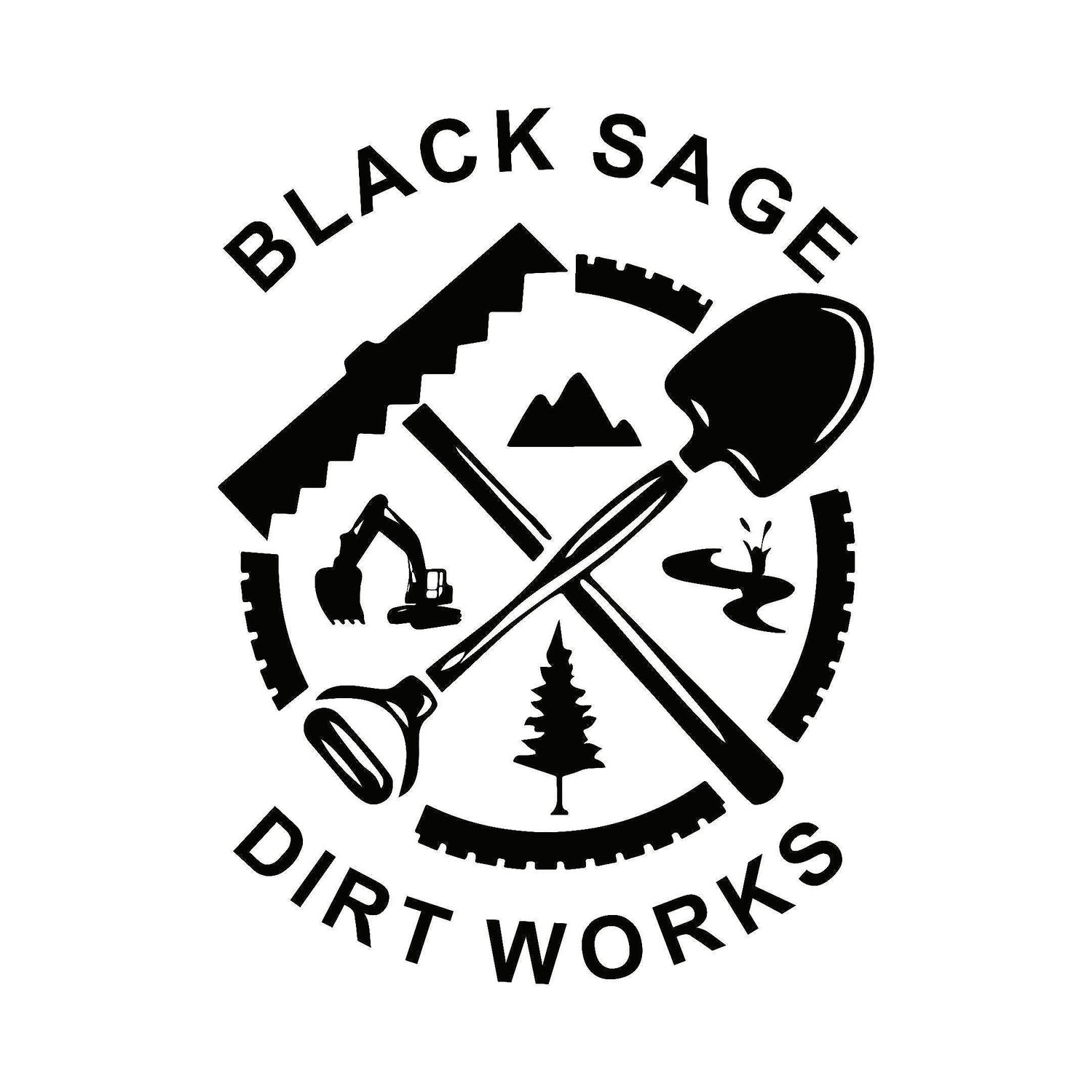Understanding Leach Fields: Essential for Septic Systems in Central Oregon
Introduction to Leach Fields
A leach field, also known as a drain field or seepage field, is a critical component of any septic system, especially in areas like Central Oregon where BlackSage Dirt Works operates. It's essential for homeowners and businesses in Deschutes, Crook, and Jefferson counties to understand the importance and functionality of leach fields for effective wastewater management.
What is a Leach Field?
At its core, a leach field is an underground system designed for dispersing septic tank effluent. It consists of a series of perforated pipes laid in gravel-filled trenches or beds in the soil. The effluent percolates through the gravel and into the soil, undergoing natural treatment processes as it filters down.
The Role of Soil in a Leach Field
The soil plays a vital role in treating and dispersing wastewater. It removes harmful bacteria and viruses, making the water safe to re-enter the groundwater system. The effectiveness of a leach field depends on soil type, with sandy soils typically providing better filtration than clay soils.
Leach Field Installation and Maintenance
BlackSage Dirt Works, with its expertise in excavation and septic installation, emphasizes the importance of professional installation and maintenance of leach fields. Proper installation ensures the system works efficiently and has a long lifespan.
Regular Maintenance is Key
Regular maintenance, including pumping the septic tank and inspecting the leach field, is crucial to prevent failures, such as clogging or groundwater contamination. Homeowners should be aware of the signs of leach field problems, like slow drains, sewage odors, or wet spots in the yard.
Leach Field Design Variations
Depending on the property size and soil conditions in different parts of Central Oregon, leach field designs can vary. Common types include conventional, mound, and aerobic systems, each with unique features suited to specific site conditions.
Tailoring to Local Needs
In regions like Bend, Redmond, and Madras, where soil and space vary significantly, BlackSage Dirt Works tailors leach field designs to meet local environmental and regulatory requirements.
For more detailed information on the types of soil suitable for leach fields, visit the Oregon State University Extension's guide on soil evaluation: Oregon State University Extension Soil Guide
Environmental Impact and Regulations
Leach fields, when properly designed and maintained, have minimal environmental impact. In Oregon, strict regulations govern the installation and operation of septic systems, including leach fields, to protect public health and the environment.
Compliance with Local Standards
BlackSage Dirt Works ensures that all leach field installations in Central Oregon comply with state and local health department standards, safeguarding both the environment and the community's health.
To understand Oregon's regulations on septic systems, including leach fields, refer to the Oregon Department of Environmental Quality's septic system regulations: Oregon DEQ Septic System Regulations
FAQs on Leach Fields
What is the lifespan of a leach field? A well-maintained leach field can last 20-30 years. The lifespan varies based on usage, soil conditions, and maintenance practices.
How often should a leach field be inspected? It's recommended to inspect a leach field annually and pump the septic tank every 3-5 years. This maintenance schedule is different if you have or need an ATT septic system. Read our guide to ATT septic systems here.
Can I build over a leach field? It's generally advised not to build over a leach field to avoid compacting the soil and damaging the pipes.
What are the signs of a failing leach field? Slow drains, sewage odors, and wet, spongy ground in the drain field area are common signs.
How does BlackSage Dirt Works ensure quality in leach field installations? BlackSage Dirt Works uses high-quality materials, adheres to local regulations, and employs experienced professionals for installation and maintenance.
In conclusion, a leach field is a vital component of any septic system, particularly in Central Oregon. Understanding its functionality, importance of proper installation and maintenance, and adherence to environmental standards is crucial. BlackSage Dirt Works stands as a trusted partner in ensuring that your leach field meets all these criteria effectively.


